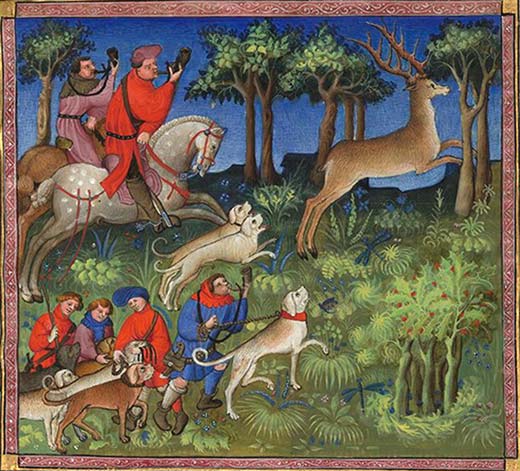Hebden Bridge Local History Society
The Medieval Park of Erringden
Speaker: Nigel Smith
Tuesday, 30 November 2021
Nigel Smith has been exploring the history of the Medieval Park of Erringden for a number of years, and it was the subject of his PhD and of his latest book.
Nigel's talk to Hebden Bridge Local History Society revisited the topic which continues to fascinate. More evidence has been retrieved from documents which in themselves can be obscure, and present the added obstacle of being written in Latin.
The story that he tells is constructed of a jigsaw of documentary evidence, studies of the landscape involving much walking and an eye for relevant features, and the use of comparisons both from medieval times and modern practices.

Forest of Sowerbyshire
Before the establishment of the Erringden park, the whole of the Upper Calder Valley was claimed as the forest of Sowerbyshire, an area where deer hunting was the right of the de Warenne family. 'Forest' does not denote woodland, but an area outside (foris) the common law. Punishable offences included taking deer, but also taking wood, collecting nuts and allowing the escape of animals. An increase in population in 14th century meant a demand for more land, and the landowners were left to balance the appeal of greater profits from rents set against the reduction in deer for hunting. Parks were the compromise answer, providing a confined area where deer could be contained and hunted.
Nigel guided us through the history of the development of the park, which at its fullest extent was about 3000 acres. It went through both extensions and reductions during its 125 year existence. The most probable date of its creation was late in the 1320s, when mentions of the park's 'palings' (fences) occur in court rolls. There is evidence of its enlargement later in the century, encompassing ground that was less desirable for farming.
Dick's Lane
Nigel spoke of the significance of the 'mandike stones' which are mentioned in documents as forming a line where enlargement took place. Dick's Lane, originally dike's lane probably marks the line of the boundary ditch. Nigel's exploration of the terrain has distinguished other likely boundary ditches which have left signs in the moorland landscape.
Deer
Deer were an important part of Medieval life, and the possession of a deer park was a status symbol. The hunt itself was an exciting and prestigious activity, recorded in wonderful illustrations from a 14th century French book of hunting which Nigel shared. Documents record that venison was a high value gift as well as being of practical value to the household. Erringden's steep terrain and distance from the de Warenne's base at Wakefield make it likely that it served as a stock park, providing replacement deer for the family's other parks.
The Lodge and the palliser
Names on maps provide hints about some potential sites of buildings related to the management of the park. The keeper or forester would have lived in a lodge centrally in the park, and old OS maps show a building which seems to fit the criteria, having the name Lodge dating back to 16th century. Similarly, Pallis house may have been the home of the palliser who maintained the fences. Many parks had an observation tower, which may have been at Tower Hill, while Bell House may refer to a bell used to call the deer in to feed.
The demise of the park
The demise of the park – it was disparked in 1451 - was probably driven by economic factors. The need for profit led to the land being divided among tenants who then sublet at higher rents. The disputes and conflicts this entailed over the years provided yet another productive source of information for Nigel. Documents such as Court and Manor rolls provide a scattering of clues about the history and day to day reality of Erringden Park. Maps have fossilised some names which add more substance and the landscape itself holds more answers which can be interrogated by someone, like Nigel, with the expert eye.
Nigel's book The Medieval Park of Erringden is available on the Society's website. You can also find details here of the next talk. Dave Smalley will deliver the Alan Petford Memorial Lecture on Wednesday 8th December starting at 7.30 at the Methodist Church in Hebden Bridge. His subject is 'The Dam that isn't and the great floating plug of the Colden'. All welcome.
Details of the talks programme, publications and of archive opening times are available on this website and you can also follow the Facebook page.
With thanks to Sheila Graham for this report
Further details on www.hebdenbridgehistory.org.uk and on the Facebook pages.

